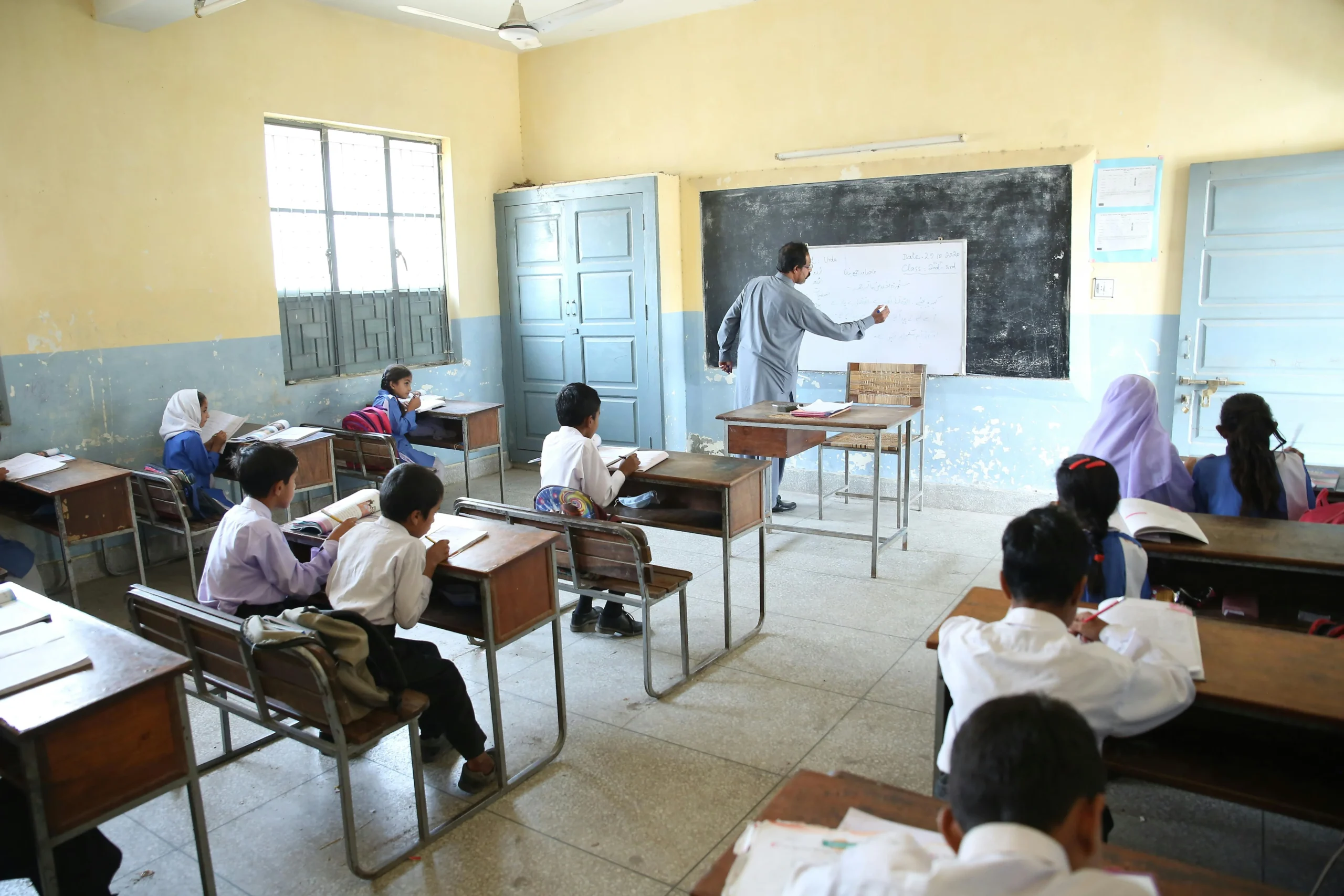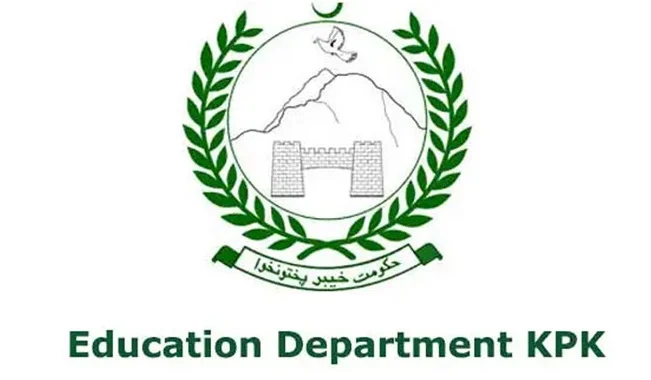Introduction:
Khyber Pakhtunkhwa (KPK) has made big improvements to help students get a better education at all levels.
The KPK’s education system has several stages, starting with primary school, then moving to secondary, higher secondary, and college or university.
The KPK government, along with non-profit organizations and private schools, is working hard to improve education through different programs and initiatives.

Key Features of the KPK Education System:
- Levels of Education: Primary (Grades 1-5), Secondary (Grades 6-10), Higher Secondary (Grades 11-12), and Tertiary (College and University).
- Types of Institutions: Public schools, private schools, religious madrassas, and technical institutions.
- Language of Instruction: Primarily Urdu, Pashto, and English, depending on the institution and area.
- Governance: The Khyber Pakhtunkhwa Education Department oversees public schools, while private institutions follow guidelines set by the regulatory authorities.
Positive Aspects of the KPK Education System:
The education system in KPK has strong points that have been very important in increasing literacy and giving more people access to education.
- Increased Enrollment Rates: In recent years, more children have been enrolling in school, especially at the primary level. This increase is thanks to government efforts to encourage parents to send their kids to school, particularly in rural areas.
- Scholarship Programs: The KPK government offers scholarships to help talented and deserving students. Programs like the Stori Da Pakhtunkhwa and Ehsas scholarships support students in secondary and higher education, easing the financial burden on their families.
- Focus on Female Education: Recognizing how important it is for girls to get an education, the government has worked to increase girls’ enrollment and provide safe learning spaces. As a result, more all-girls schools are being set up, especially in rural areas.
- Digital Learning Initiatives: The province is using digital technology to improve education. For instance, the Insaf Academy (Android App) provides online learning resources for secondary school students, making it easier for students in remote areas to access quality materials.
- Teacher Training Programs: KPK has introduced teacher training programs to improve the quality of education. These programs help teachers learn modern teaching methods, manage their classrooms better, and gain a deeper understanding of their subjects. This training makes learning more engaging and beneficial for students.
- Improved Infrastructure: The KPK government has invested heavily in improving school infrastructure. Many schools now have better classrooms, libraries, and computer labs, especially in urban areas. These upgrades are important for creating a positive and supportive environment for learning.
Challenges in the KPK Education System:
Despite its achievements, the KPK education system still faces some challenges that limit its effectiveness.
- Lack of Qualified Teachers: Many schools, especially in rural areas, struggle with a shortage of qualified teachers. Some schools have to rely on untrained staff or don’t have enough teachers, which affects the quality of education students receive.
- Outdated Curriculum: The curriculum in many schools doesn’t fully meet modern educational standards or the needs of today’s job market. This gap means students are often not well-prepared for higher education or careers, especially in fields like science and technology.
- Insufficient School Facilities in Rural Areas: Urban schools in KPK generally have better facilities, while rural schools often lack basics like clean water, electricity, and proper sanitation. This imbalance negatively affects rural students’ academic performance and discourages some families from enrolling their children in school.
- Gender Disparity in Higher Education: Although there has been progress in getting more girls into primary and secondary school, there is still a gender gap in higher education. Many rural families often prioritize higher education for boys over girls, which limits educational opportunities for girls.
- Low Student Retention Rates: A large number of students do not complete their secondary education. This high dropout rate is often due to financial struggles, lack of support from parents, and limited job opportunities after graduation.
- Insufficient Focus on Technical Education: KPK has vocational institutions, but there aren’t enough, and only a small number of students choose technical education. Expanding technical training can give students valuable skills for immediate jobs, especially in areas like carpentry, electronics, and computer technology.
- Political and Security Issues: The area has faced security challenges that sometimes disrupt the stability and functioning of schools. Political changes can also affect education policies, leading to inconsistent reforms that may impact school performance.
Key Areas for Improvement in KPK’s Education System:
- Revise and Update Curriculum: Updating the curriculum to include subjects like information technology, environmental studies, and digital literacy is essential to help students succeed in our fast-changing world. These topics equip students with the skills they need to adapt and succeed in the future.
- Focus on Teacher Quality: Improving how we train and hire teachers can greatly boost the quality of education. Also, offering incentives to teachers who work in rural areas can help ensure that all students, no matter where they live, have access to good teachers.
- Expand Technical and Vocational Training: Encouraging students to try technical and vocational training can open doors to exciting job opportunities. Setting up more training centers, especially in rural areas, can create jobs and help boost the local economy.
- Address Gender Inequality: Encouraging families to support their daughters in going for higher education, along with creating safe and accessible spaces for girls, can help close the gender gap in education.
- Invest in Rural School Infrastructure: Ensuring rural schools have important facilities like clean water, libraries, and labs can greatly improve students’ learning and help keep them in school.
- Increase Financial Support: Providing financial help to low-income families, such as stipends and scholarships, can reduce dropout rates and encourage more students to complete their education. The government has already introduced the Taleem Card to support students who can’t afford their education expenses.
Conclusion:
The education system in Khyber Pakhtunkhwa has made good progress, with more students enrolling, more support for girls’ education, and the use of digital learning.
But there are still problems, like not enough qualified teachers, an old curriculum, and poor facilities in rural areas, which affect the quality of education.
Solving these problems can help Khyber Pakhtunkhwa build a fair and strong education system for all students.
Both the government and private organizations need to work together to overcome these challenges. Their efforts can improve education in Khyber Pakhtunkhwa and help the province grow socially and economically.


2 thoughts on “Overview of KPK’s Education System”